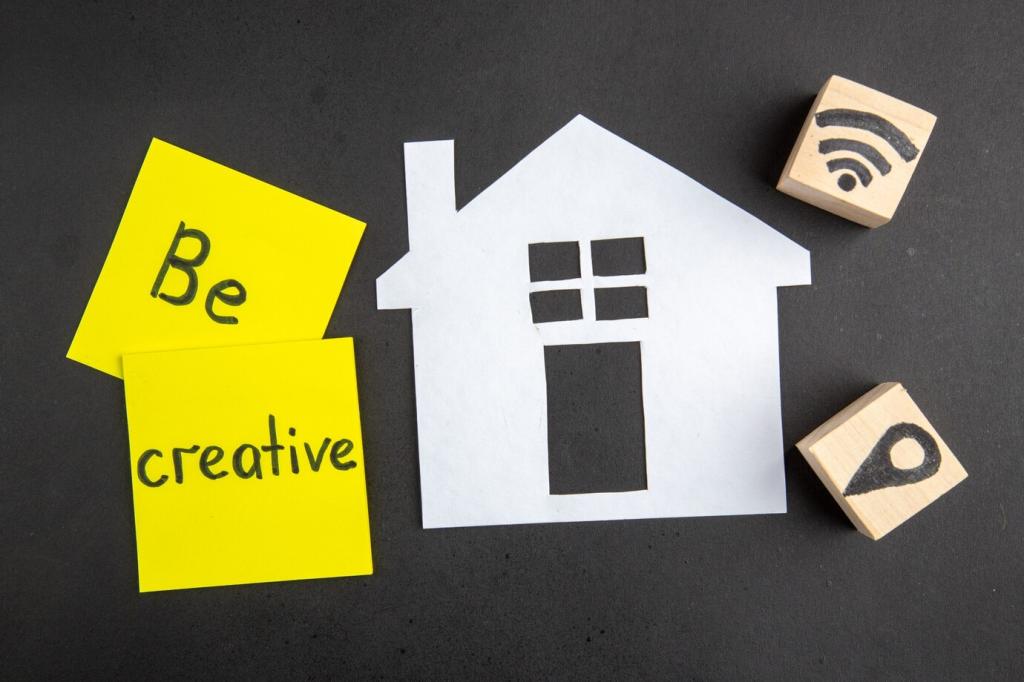Personas: Turning Clients and Rooms into Protagonists
Translate a dry checklist into a character portrait: a night-shift nurse who craves daylight rituals, or a musician needing silence between notes. Frame goals as desires and constraints as obstacles, then ask readers which persona they relate to most.
Personas: Turning Clients and Rooms into Protagonists
Let the room speak. The brick wall whispers, the squeaky floor protests, and the low ceiling insists on intimacy. Write a few lines of dialogue to reveal what the architecture demands, and invite followers to try the same with a corner of their home.
Personas: Turning Clients and Rooms into Protagonists
Give the project a working title—The Sun Seeker, The Quiet Studio, The Dinner Party Machine. Collect quirks like slanted baseboards or stubborn vents. Motivate every design move with character logic, and encourage readers to title their next project in the comments.
Personas: Turning Clients and Rooms into Protagonists
Lorem ipsum dolor sit amet, consectetur adipiscing elit. Ut elit tellus, luctus nec ullamcorper mattis, pulvinar dapibus leo.




